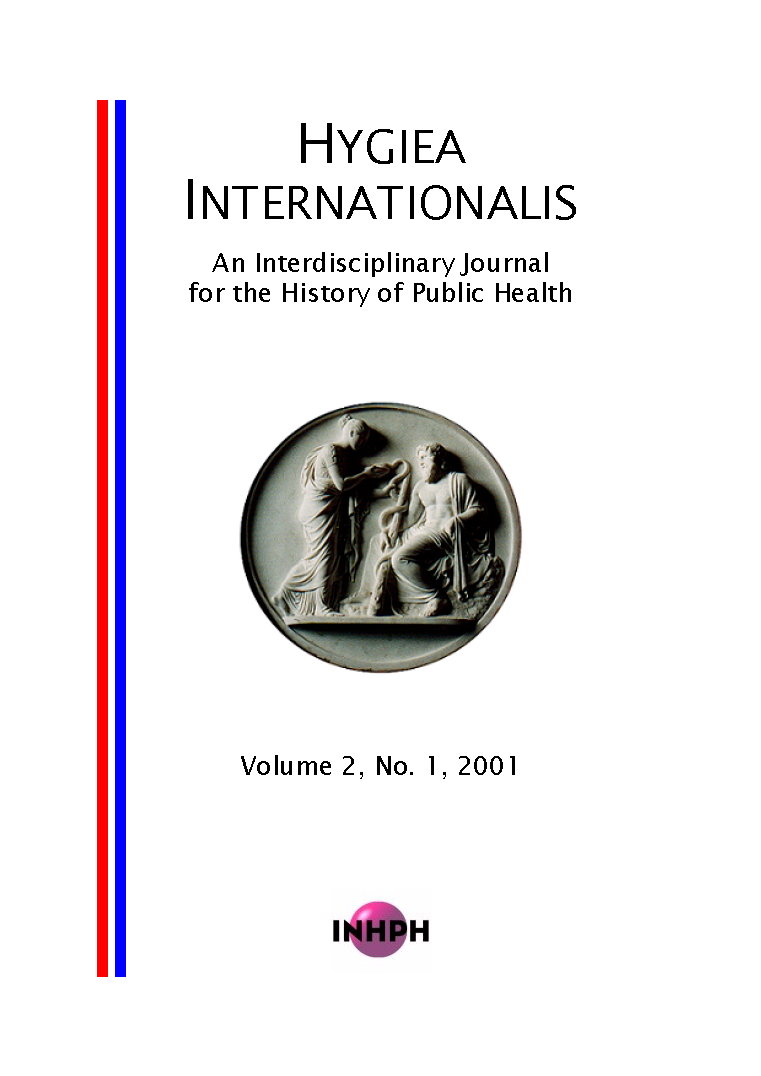The Roots of North America's First Comprehensive Public Health Insurance System
DOI:
https://doi.org/10.3384/hygiea.1403-8668.012125Keywords:
History, Public Health, Health Insurance, CanadaAbstract
The Canadian province of Saskatchewan in 1944 it inherited a long tradition of “socialized“ medicine in many rural regions. However, urban medicine was based on fee-for-service payment of physicians and no private health insurance. In crafting North America’s first public health insurance system, the government built on the rural medical infrastructure already in place by expanding a rural salaried system of physician payment and successfully promoted a regional comprehensive insurance system piloted in a southern region of the province. However, major demographic shifts from countryside to city during the 1950s, burgeoning physician supply, increased immigration of physicians into the provinces’ cities, and aggressive expansion of urban-based private insurance for physician services into rural regions, shifted the balance of medical power away from rural towards urban centers in the province. The increasing resistance, by the medical profession, to health-care reform in Saskatchewan in the 1950s must be considered within a geographic framework as rural regions of the province became the major battleground between government and insurance third party payers. While historical comparisons should not be overstated, re-visiting this struggle may be useful in the current era in which the pressure for privatization of the medical system in Canada appear to be growing.Downloads
Published
2001-06-08
How to Cite
Ostry, A. (2001). The Roots of North America’s First Comprehensive Public Health Insurance System. Hygiea Internationalis: An Interdisciplinary Journal for the History of Public Health, 2(1), 25–44. https://doi.org/10.3384/hygiea.1403-8668.012125
Issue
Section
Articles
License
Copyright (c) 2001 the Author(s)

This work is licensed under a Creative Commons Attribution-NonCommercial 4.0 International License.






